Anthropology
-
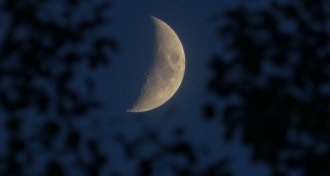 Anthropology
AnthropologyAncient humans used the moon as a calendar in the sky
Whether the moon was a timekeeper for early humans, as first argued during the Apollo missions, is still up for debate.
-
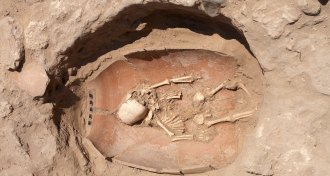 Anthropology
AnthropologyAncient DNA reveals the origins of the Philistines
A mysterious Biblical-era population may have fled Bronze Age calamities.
By Bruce Bower -
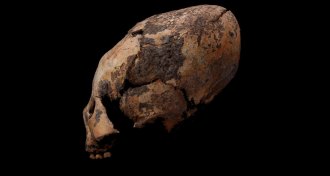 Anthropology
AnthropologyEast Asians may have been reshaping their skulls 12,000 years ago
An ancient skull-molding practice had a long history in northeastern Asia, researchers say.
By Bruce Bower -
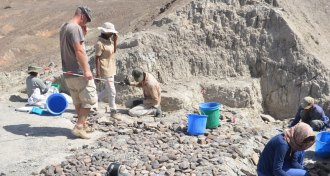 Anthropology
AnthropologyHominids may have been cutting-edge tool makers 2.6 million years ago
Contested finds point to a sharp shift in toolmaking by early members of the Homo genus.
By Bruce Bower -
 Anthropology
AnthropologyAfrica’s first herders spread pastoralism by mating with foragers
DNA unveils long-ago hookups between early pastoralists and native hunter-gatherers in Africa.
By Bruce Bower -
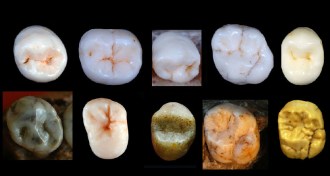 Anthropology
AnthropologyFossil teeth push the human-Neandertal split back to about 1 million years ago
A study of fossilized teeth shifts the age of the last common ancestor between Neandertals and humans.
By Bruce Bower -
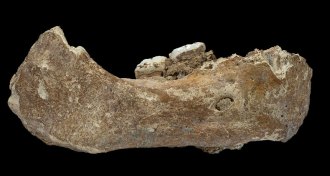 Anthropology
AnthropologyA jawbone shows Denisovans lived on the Tibetan Plateau long before humans
A Denisovan jaw is the earliest evidence of hominids on the Tibetan Plateau, and the first fossil outside of Siberia from the mysterious human lineage.
By Bruce Bower -
 Archaeology
Archaeology‘Cities’ reveals common ground between ancient and modern urban life
In the book ‘Cities,’ archaeologist Monica Smith sees the positives in past and present metropolises.
By Bruce Bower -
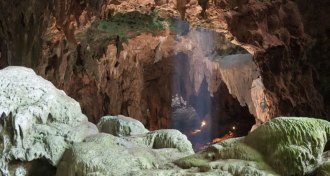 Anthropology
AnthropologyA new hominid species has been found in a Philippine cave, fossils suggest
Cave fossils found in the Philippines come from a newly discovered member of the human lineage, researchers say.
By Bruce Bower -
 Health & Medicine
Health & MedicineReaders seek answers to stories about shingles, Neandertal spears and more
Readers had questions about Neandertal spears, Earth’s inner core and more.
-
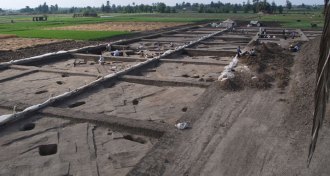 Anthropology
AnthropologyForeigners may have conquered ancient Egypt without invading it
Dental evidence suggests female Hyksos immigrants married into power.
By Bruce Bower -
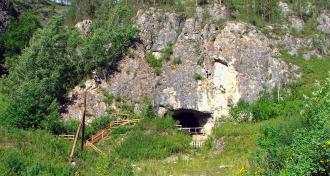 Anthropology
AnthropologyThe first known fossil of a Denisovan skull has been found in a Siberian cave
A new fossil and evidence that the hominids interbred with humans as recently as 15,000 years ago only add to Denisovans’ mystery.
By Bruce Bower